Category: Scriptures
-
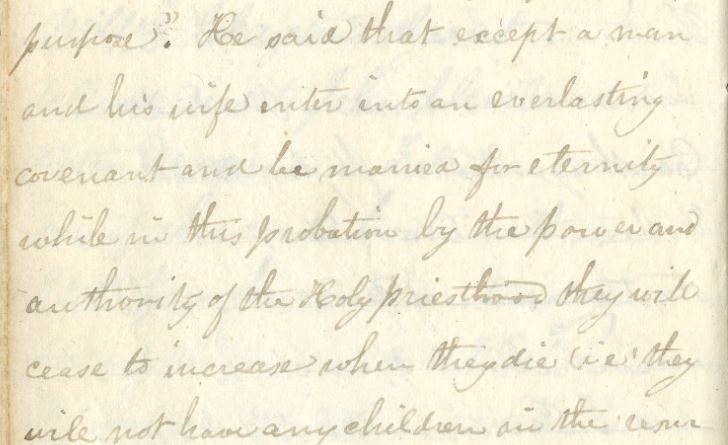
“In the celestial glory there was three heavens”
Doctrine and Covenants, Section 131 has had a huge impact on how we understand the afterlife. There is, however, some debate about a few key aspects of the text mean that also have implications for our fate in the afterlife, especially when it comes to marital status. Given the debates, it is probably best to…
-
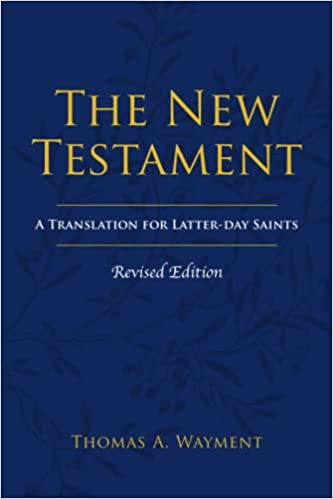
The New Testament: A Translation for Latter-day Saints, Revised Edition
Thomas Wayment’s The New Testament: A Translation for Latter-day Saints, Revised Edition is an exceptional resource for anyone, and particularly a Latter-day Saint, interested in studying the New Testament from a fresh and modern perspective through its clear and readable translation, insightful commentary, and expanded introductory material. One of the standout features of this book…
-
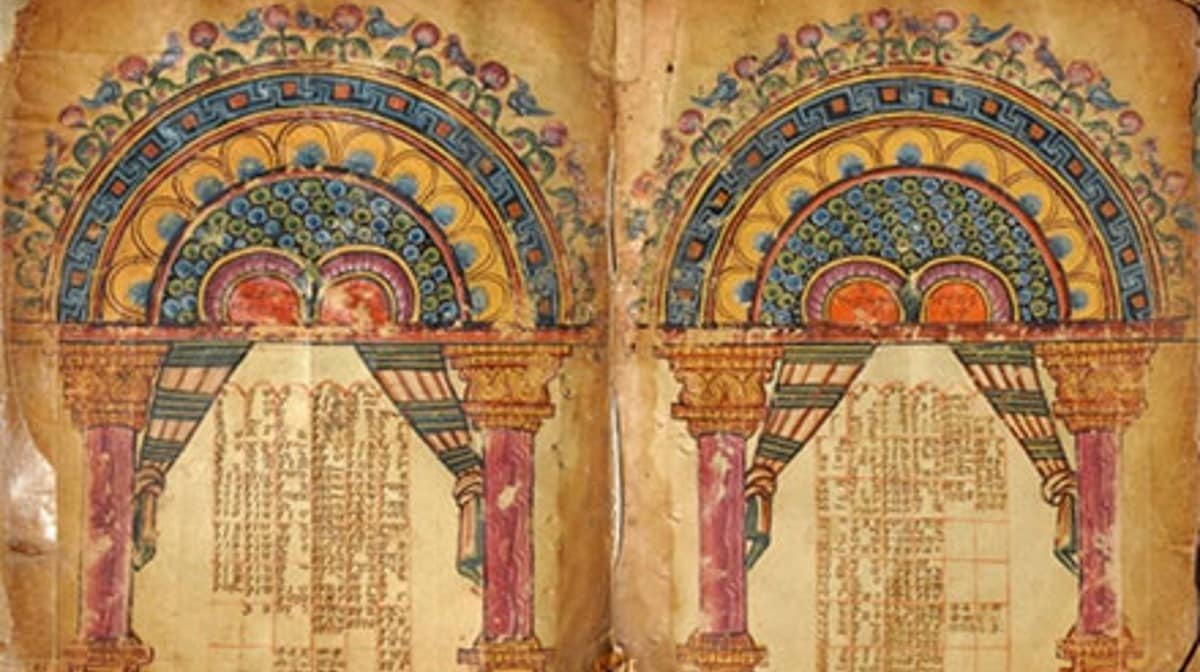
Thomas Wayment on New Testament Canonization
An interesting point made by the late Eastern Orthodox bishop Kallistos Ware is that the books that were selected to be contained in the Bible are a tradition that developed within and passed on by the Proto-Orthodox Church. The process by which that tradition solidified into official canon was a gradual (and messy) one. In…
-
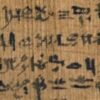
VIII. Catalyst theories of revelation
The previous posts have put us in the vicinity of catalyst theories of revelation, but none of the formulations that I’ve seen are adequate for describing the Book of Abraham translation, and I think “catalyst” is the wrong chemical metaphor.
-

VII. The GAEL and Linguistic Typology
The GAEL provides for a mode of interpretation that finds expansive (but not unlimited) meaning in seemingly simple characters. Zakioan-hiash, as we have seen, is both a name, a word with a specific phonetic realization, and the equivalent of at least one sentence.
-

VI. Non-Egyptian Linguistic Influences on the GAEL
Champollion – and Egyptian – aren’t the only influences on the GAEL.
-

V. The GAEL’s Degrees and the Structure of Abraham 1:2b-3
Two related features of the GAEL that have been the focus of the most controversy and puzzlement are how one character might represent much longer English texts, and the GAEL’s use of a five-fold system of degrees to expand a character’s potential meaning.
-

IV. The GAEL and the structure of Abraham 1:1-2a
In his 2009 article, Chris Smith argued for the textual dependence of the Book of Abraham on the GAEL. While Dan Vogel’s recent book about the Book of Abraham and related apologetics strenuously objects to any suggestion that the GAEL was reverse engineered from the translation of Abraham, Vogel nevertheless entirely rejects the basis of…
-
Robert Alter’s Translation of the Hebrew Bible
I’ve always wondered how well the talks of different general authorities translate to other languages. For example, I can imagine that a lot of the alliteration that a few apostles adopt in their addresses doesn’t carry over. And I know from my work on translating Spanish hymns that translating between languages is an inexact science…
-

III. What Joseph Smith Knew About Champollion
With the preliminary deliberations out of the way, it’s time for a close look at the GAEL.
-

II. What Joseph Smith Would Have Known About Champollion
Before we get to the heart of my argument – which is coming up next in a long post with a detailed look at what’s in the GAEL – we need to look at what Joseph Smith and his associates would have known about Champollion and the decipherment of Egyptian hieroglyphics by 1835.
-

I. Putting the grammar back in GAEL
Scholars from seemingly every corner of Mormon Studies agree: While working on the Egyptian papyri, Joseph Smith and his associates were either unaware of Champollion’s recent work to decipher Egyptian hieroglyphics, or simply unaffected by the recent advances in Egyptology. Not only is this position untenable, it’s demonstrably incorrect.
-
What You Might Be Missing in Matthew’s Genealogy of Jesus
“Most readers of Matthew’s Gospel take one look at that first page full of ‘begats’ and impossible-to-pronounce names and quickly turn the page.” So begins Julie Smith’s thoughtful essay “Why These Women in Jesus’s Genealogy?”, which is available free of charge in the Segullah journal (2008) and is reprinted in her book Search, Ponder, and…
-
When Was Jesus Born?
When was Jesus born? While not consequential to our salvation or daily choices, it’s an interesting question to explore. In a recent interview at the Latter-day Saint history blog From the Desk, Jeffrey R. Chadwick discussed his research into the question: When was Jesus actually born? What follows here is a co-post to that discussion…
-
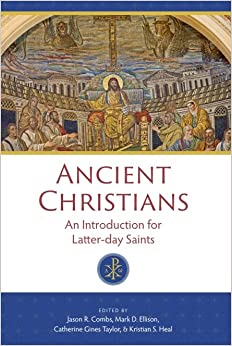
Ancient Christians: An Introduction for Latter-day Saints
The Maxwell Institute at BYU recently published Ancient Christians: An Introduction for Latter-day Saints, and it is a fantastic journey into early Christianity geared specifically to Latter-day Saints. Through a collection of 14 essays dealing with topics ranging from praxis and worship to scripture and theology, the key elements of Christianity during its first several…
-
Susa Young Gates and Joseph F. Smith’s Vision
The vision that we have printed as Section 138 was received by Joseph F. Smith in the last few months of his life. Among the very first people he asked to have review the document was none other than his friend, Susa Young Gates. In one of the excellent essays presented in the Revelations in Context book,…
-
Antipus, a Forgotten Hero
This is a guest post by Brian Stubbs. The faith, feats, and divine protection of the 2,000 stripling warriors is a favorite episode for many readers of The Book of Mormon. Yet a number of less-than-obvious details may muster even more admiration. The people of Ammon were called Anti-Nephi-Lehi (Alma 23:16-17), likely meaning ‘those of…
-

If I Didn’t Believe, Part II: God, Jesus, and Other Religions
God: I feel like the belief in God is one of those almost congenital predispositions; you either believe or you don’t. Empirically, based on fine tuning and the complexity of the origin of life, I would lean towards there being an organizational force, even in the absence of a belief in the Church. Additionally,…
-
To Ezra or not to Ezra…
Ezra is an important figure in the Hebrew Bible, but there are some concerns that have been raised over the historical record around him and some interesting places where he is missing in that record. In an interview over at the Latter-day Saint history blog From the Desk, the Biblical scholar Charlotte Hempel discusses some…
-
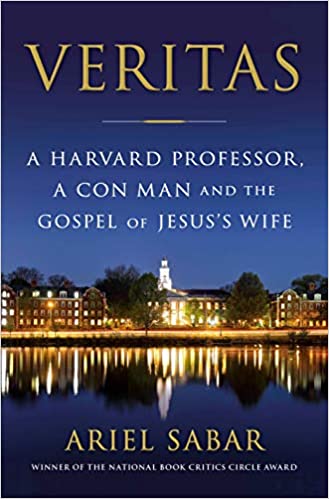
Book Report-Veritas: A Harvard Professor, A Con Man, and the Gospel of Jesus’ Wife
This is a well-written journalistic account of a scandal that happened in the biblical studies community in 2012 when a purportedly ancient parchment surfaced that contained the words “Jesus said to them ‘my wife.’” Despite some red flags such as bad Coptic grammar, Professor Karen King, one of the preeminent scholars in the field, became…
-
Three Degrees
Language is a tricky thing. Sometimes, when someone says a word, it can mean something very different to them than it does to us. This can be particularly true when that person is from the past and the exact meaning of a word changes over time. In a recent interview with Bryan Buchanan about an…
-

Was Jesus Married or Not?
An enigma that has been explored repeatedly over the years, both in the Church of Jesus Christ of Latter-day Saints and in Christianity more broadly, is the marital status of Jesus of Nazareth. There is little to reliably indicate either way in the established canon of the New Testament, but that hadn’t stopped people from…
-

Collected Thoughts on the Doctrine and Covenants
I spent most of 2021 writing a series of posts to follow along with the “Come, Follow Me” curriculum for the Doctrine and Covenants. I had a few reasons for doing this. First and foremost, I wanted to challenge myself to look more closely at the scriptures, to really read and think about what the…
-
Women of the Hebrew Bible
In a culture that is often male-centric, it can sometimes be easy to overlook women in the scriptures. While very few are mentioned by name in the Book of Mormon or the Doctrine and Covenants, the Bible has many women who are mentioned by name and featured in the stories therein. In a recent From…
-
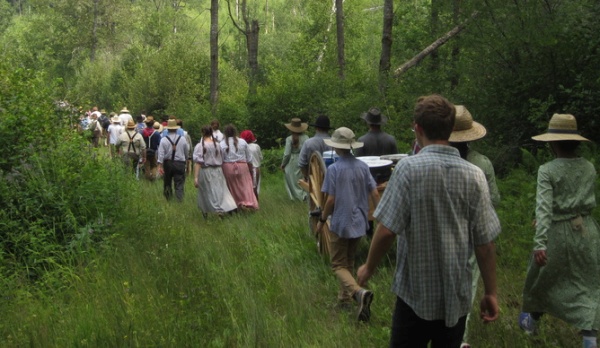
Standing with Babylon
One nice thing about reading the Old Testament and the Book of Mormon together is that it lets us expand our mental geography of Zion into a full cartographic plane.
-
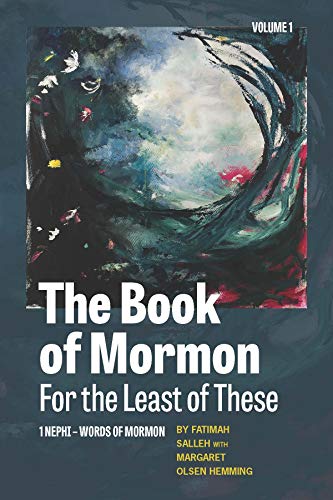
Loving the Book of Mormon Prophets without Accepting Their Prejudices: A Review of “The Book of Mormon for the Least of These, Volume 1”
A while back, a friend sent me an uncomfortable text. She is not a member of the Church of Jesus Christ of Latter-day Saints, but someone had given her daughter the old illustrated Book of Mormon Stories book, and her daughter came across the passage in Second Nephi when Nephi narrates that Laman and Lemuel’s…
-
The Book of Abraham Book
I once had a teacher who loved to say that: “The more you know, the more you know you don’t know.” To some degree, this is not infrequently the case when it comes to studying issues in the history of the Church of Jesus Christ of Latter-day Saints. Let’s Talk About the Book of Abraham…
-
What If …. Chad Updated the Doctrine and Covenants? Part 3
Joseph Fielding McConkie recalled that when the First Presidency and Quorum of the Twelve were discussing adding the documents that are now Sections 137 and 138 that Elder Bruce R. McConkie had a few other suggestions. One was to add two Articles of Faith about the restoration of the Gospel and the Plan of Salvation…
-
What If …. Chad Updated the Doctrine and Covenants? Part 2
Continuing my hypothetical series about what I would do if I were asked to update the Doctrine and Covenants (and still keeping in mind that I have no plans to actually do so and I’m 110% sure the Church doesn’t have any plans for me to do so either), we come to looking at editing…
-
What If … Chad Updated the Doctrine and Covenants? Part 1
I told you I wasn’t done with the Doctrine and Covenants yet. Follow me, and ponder the question: What if? It’s the year 2023 and the Church of Jesus Christ of Latter-day Saints has decided to produce a new edition of their scriptures. For reasons that are unclear, the project was picked up by…
